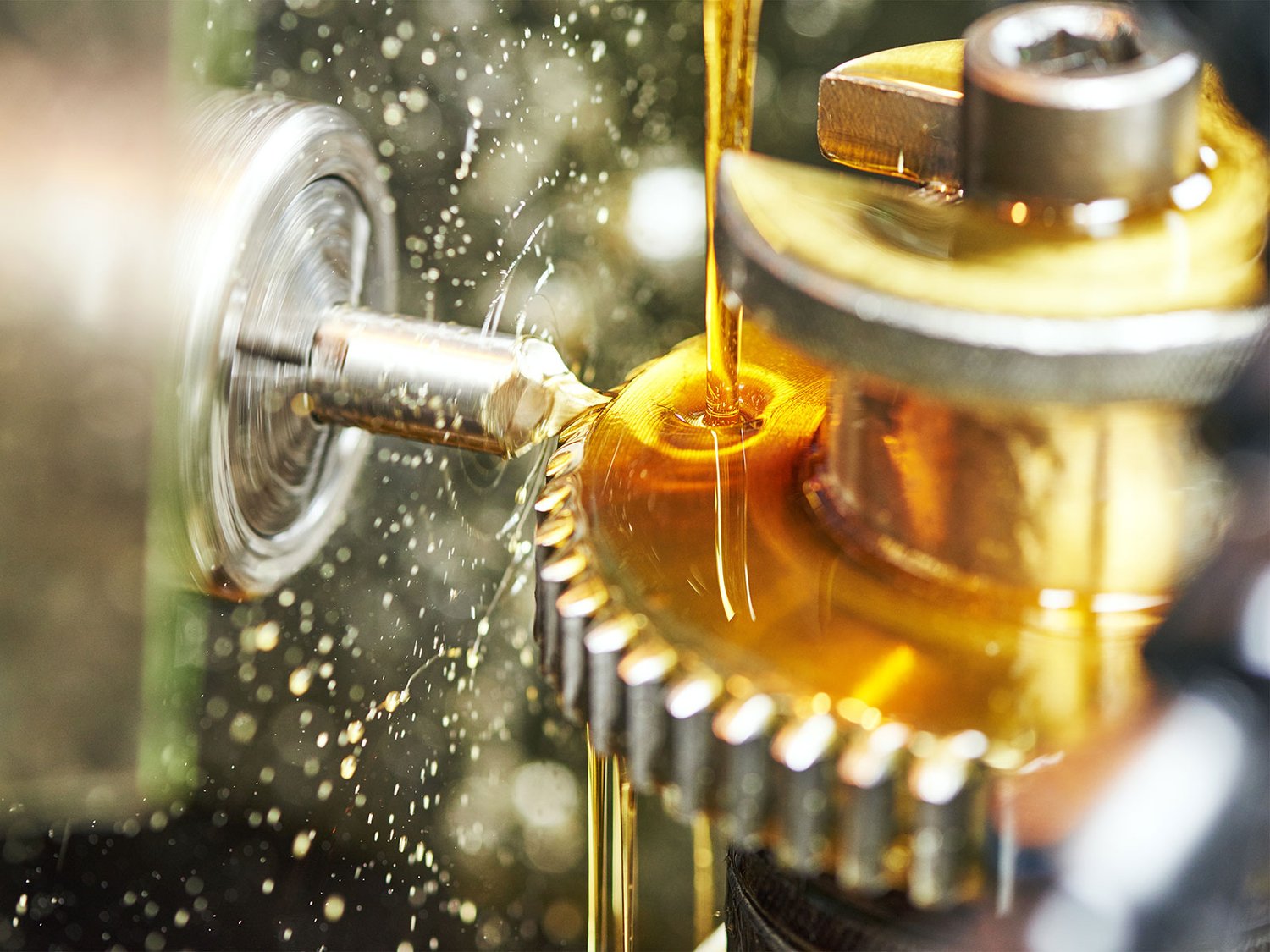Introduction
Heat treatment machining is a vital process in the manufacturing industry that involves the application of heat to alter the properties of metal components. By subjecting materials to controlled heating and cooling processes, the mechanical properties of metals can be improved, resulting in enhanced strength, durability, and other desirable characteristics. This article explores various aspects of heat treatment machining, including its importance, different techniques involved, and the benefits it offers to the manufacturing industry.
The Significance of Heat Treatment Machining
Heat treatment machining plays a crucial role in the manufacturing industry as it allows for the modification of material properties to meet specific requirements. By subjecting metal components to heat treatment, manufacturers can enhance their mechanical properties, such as hardness, toughness, and wear resistance. This makes heat treatment machining an essential step in ensuring the quality and reliability of metal products.
Common Techniques in Heat Treatment Machining
There are several common techniques used in heat treatment machining, each serving a specific purpose in altering the properties of metal components:
1. Annealing
Annealing involves heating the metal to a specific temperature and then allowing it to cool slowly. This technique is used to reduce hardness, improve ductility, and relieve internal stresses in the material. It is commonly employed in the manufacturing of steel, copper, and aluminum components.
2. Quenching
Quenching is a rapid cooling process that involves immersing heated metal components into a liquid medium, such as oil or water. This technique results in increased hardness and strength, but it may also introduce residual stresses. Quenching is commonly used for high-carbon steels and alloy steel components.
3. Tempering
Tempering is performed after quenching and involves reheating the metal to a specific temperature and then allowing it to cool slowly. This process reduces the brittleness caused by quenching and improves toughness and ductility. Tempering is commonly used for steel components that require a balance between hardness and toughness.
4. Normalizing
Normalizing is a heat treatment technique that involves heating the metal to a temperature above its critical point, followed by cooling in still air. This process refines the grain structure, improves mechanical properties, and relieves internal stresses. Normalizing is commonly used for low-carbon steels and cast iron components.
The Benefits of Heat Treatment Machining
Heat treatment machining offers numerous benefits to the manufacturing industry:
1. Increased Strength and Hardness
One of the primary advantages of heat treatment machining is the ability to increase the strength and hardness of metal components. By altering the microstructure of the material, heat treatment can enhance the mechanical properties, making the components more resistant to wear, deformation, and impact.
2. Improved Wear Resistance
Heat treatment can significantly improve the wear resistance of metal components. Through processes like quenching and tempering, the surface hardness of the material can be increased, enabling it to withstand abrasive forces and extend the lifespan of the components.
3. Enhanced Ductility and Toughness
Heat treatment machining allows for the improvement of ductility and toughness in metal components. By controlling the cooling rate and temperature during the heat treatment process, manufacturers can achieve the desired balance between hardness and toughness, ensuring the components can withstand high-stress environments without fracturing.
4. Stress Relief
Heat treatment machining also serves as a stress-relieving process. By subjecting the material to controlled heating and cooling cycles, internal stresses are reduced or eliminated, resulting in improved dimensional stability and preventing distortion or cracking of the components during subsequent manufacturing processes.
Conclusion
Heat treatment machining is a critical process in the manufacturing industry that allows for the alteration of material properties to meet specific requirements. By employing various heat treatment techniques, manufacturers can enhance the strength, hardness, wear resistance, ductility, and toughness of metal components. The benefits of heat treatment machining make it an essential step in ensuring the quality, reliability, and longevity of metal products.

